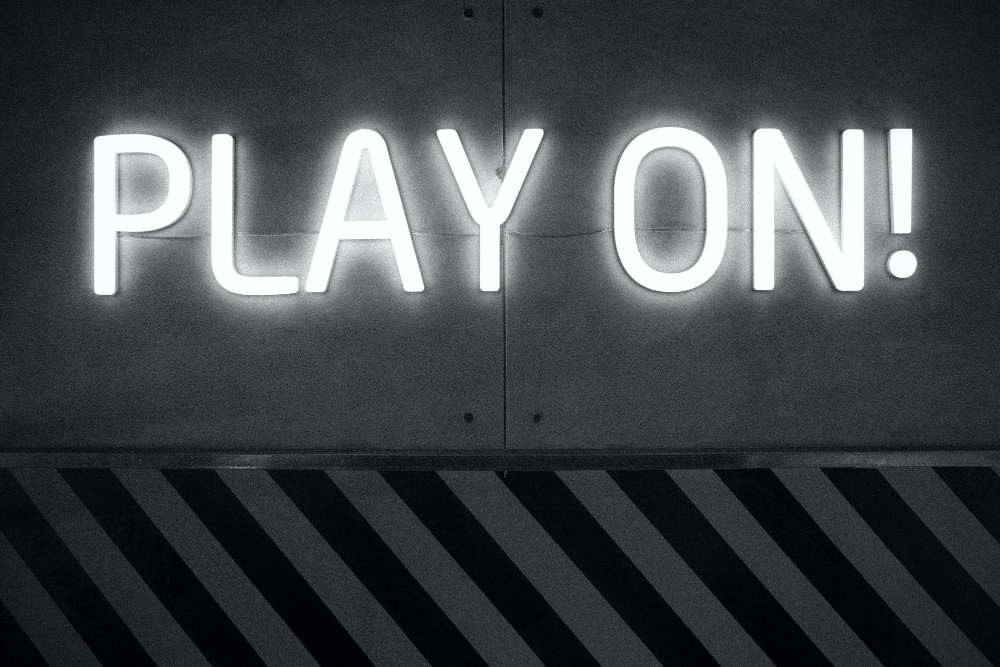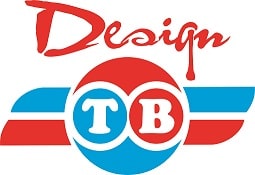Nội dung
In the heart of Southeast Asia, Kuala Lumpur pulses with an electric energy that comes alive after sunset. Towering skyscrapers like the Petronas Twin Towers and the sleek Merdeka 118 pierce the sky, their facades alive with cascading colors from LED displays. What was once a city of static neon signs has evolved into a canvas of dynamic digital artistry, where businesses leverage cutting-edge technology to captivate audiences. Digital signage display, vibrant, interactive screens that deliver real-time content—has become more than a marketing tool; it’s a cornerstone of modern commerce and urban aesthetics. As of 2025, this innovation is reshaping how businesses connect with customers while transforming Kuala Lumpur’s nighttime skyline into a global spectacle of light and innovation.

The Strategic Edge: Why Digital Signage is Indispensable for Today’s Businesses
In an era dominated by short attention spans and digital natives, traditional advertising feels as outdated as fax machines. Digital signage bridges the gap between the physical and virtual worlds, offering businesses a versatile platform to engage, inform, and convert. According to recent industry data, over 80% of companies adopting digital signage report increased foot traffic and sales, with the global market projected to exceed $30 billion by 2025. This surge isn’t accidental; it’s driven by the technology’s ability to adapt to evolving consumer behaviors.
First and foremost, digital signage boosts customer engagement. Static posters gather dust, but dynamic displays rotate content—promotions, videos, social media feeds—in seconds, holding viewers’ gaze for up to 10 times longer than print alternatives. Retailers in bustling malls use touch-enabled screens for interactive product demos, allowing shoppers to customize experiences on the spot. In hospitality, hotel lobbies feature wayfinding kiosks that personalize greetings based on guest data, fostering loyalty. A 2025 survey reveals that 65% of consumers are more likely to make impulse purchases when influenced by digital displays, underscoring their role in driving revenue.
Beyond engagement, real-time adaptability is a game-changer. With AI integration, screens pull live data—weather updates for outdoor events, stock levels for stores, or breaking news for corporate offices—ensuring relevance. The rollout of 5G has supercharged this, enabling seamless 4K streaming and remote management across networks. For instance, quick-service restaurants like McDonald’s use digital menus to adjust prices dynamically during peak hours, optimizing profits without reprinting costs. This efficiency extends to sustainability: digital signage reduces paper use by 90%, appealing to eco-conscious brands seeking to achieve net-zero goals.
Interactivity takes it further. QR codes on screens link to apps for seamless payments, while augmented reality overlays let users “try on” virtual outfits in fashion stores. In 2025, trends indicate that AI-driven personalization, utilizing facial recognition (with privacy safeguards), tailors ads to specific demographics, resulting in a 35% boost in conversion rates. Healthcare facilities utilize it for patient education, displaying multilingual health tips, while transportation hubs, such as airports, use it for flight updates, thereby reducing wait times and frustration.
Cost-effectiveness seals the deal. Initial setup might seem steep, but ROI materializes quickly—businesses recoup investments in under six months through targeted advertising slots sold to partners. Cloud-based platforms minimize maintenance, and modular designs allow scalability. For small enterprises, affordable LED panels democratize high-impact marketing, thereby leveling the playing field against larger companies.
In essence, digital signage isn’t just signage; it’s a strategic asset that humanizes data, amplifies brand stories, and future-proofs operations. As businesses navigate post-pandemic recovery and hybrid work models, this technology ensures they remain visible, agile, and connected.
Kuala Lumpur’s Nocturnal Renaissance: Digital Signage as the Architect of Light
Kuala Lumpur, Malaysia’s throbbing metropolis, has long been dubbed the “City of Lights.” But in 2025, it’s undergoing a luminous metamorphosis, courtesy of expansive digital signage installations that turn the night sky into a symphony of pixels and hues. From the golden triangle of Bukit Bintang to the futuristic Tun Razak Exchange (TRX), LED billboards and facade wraps are redefining the skyline, blending commerce with cultural spectacle.
At the epicenter stands Suria KLCC, the sprawling mall at the Petronas Towers’ base. Since 2019, its six-story revolving double-sided LED banner— the world’s largest of its kind—has spun mesmerizing ads, casting kaleidoscopic glows across the park below. By 2025, upgrades will incorporate AI-driven choreography, syncing lights with music to create immersive shows that draw crowds, and extend mall hours into profitable late-night vibrancy. This isn’t mere decoration; it’s economic alchemy, with footfall surging 25% during illuminated events.
Bukit Bintang, KL’s premier shopping strip, amplifies the dazzle. Towering curved digital LED billboards, like the one at Jalan Alor, dominate with 100,000 daily impressions, their high-resolution displays advertising everything from luxury brands to street food festivals. At night, these screens pulse with vibrant animations, transforming the thoroughfare into a digital wonderland. Pedestrians pause, mesmerized by interactive elements—scan a code for discounts, and the billboard responds with personalized fireworks of light. This interactivity has revitalized nightlife, boosting tourism revenue by 15% year-over-year, as visitors share Instagram-worthy moments that go viral.
Further afield, the TS Law Tower in TRX boasts a groundbreaking 360-degree LED facade, wrapping the entire structure in a seamless digital skin. Unveiled in recent years and enhanced in 2025, it projects immersive stories—from cultural motifs during Hari Raya to global brand campaigns—visible from afar, altering the horizon’s silhouette. Nearby, Merdeka 118, Southeast Asia’s tallest building, integrates subtle LED accents that harmonize with the tower’s projections, creating a unified light narrative across the skyline.
These installations extend beyond malls to streets and public spaces. Pavilion KL’s Absen LED arrays—arc-shaped screens at entrances and rotating banners inside—enhance shopper flow while spilling light onto adjacent boulevards. In the Golden Triangle, DOOH networks link dozens of screens for synchronized campaigns, turning traffic jams into ad opportunities. The result? A nightlife that’s safer and more alluring, with illuminated paths deterring petty crime and inviting exploration.
Environmentally, KL’s digital shift aligns with the principles of green urbanism. Energy-efficient LEDs consume 70% less power than older neon, supporting Malaysia’s smart city ambitions showcased at the 2025 Smart City Expo. Yet, challenges persist: light pollution concerns prompt regulations for dimming schedules, ensuring the glow enhances rather than overwhelms.
Ultimately, digital signage is sculpting KL’s identity as a 24/7 hub. It attracts 12 million tourists annually, many drawn by the “KL Nightmatic” phenomenon—those viral videos of fireworks synced to skyline displays. Businesses thrive, from hawkers under glowing signs to corporates leasing ad space, weaving commerce into the city’s nocturnal poetry.
A Bright Horizon Ahead
Digital signage embodies the fusion of innovation and intuition, empowering businesses worldwide while painting Kuala Lumpur’s nights with bold strokes of possibility. As AI and 5G evolve, expect even more immersive realms—holographic ads, scent-synced visuals—that deepen connections and redefine urban beauty. For entrepreneurs and city planners alike, embracing this light is not optional; it’s the spark igniting tomorrow’s success.
FAQs
- What is digital signage, and how does it differ from traditional signs?
Digital signage refers to electronic displays that display dynamic, multimedia content, such as videos and animations, unlike static printed signs. It allows real-time updates and interactivity, making it far more engaging for audiences. - How much can businesses expect to save with digital signage in 2025?
Businesses often see ROI within six months, with savings from reduced printing (up to 90%) and increased sales (20-35% boosts in retail). Cloud management cuts maintenance costs significantly. - Is digital signage sustainable for the environment?
Yes, it minimizes paper waste and uses energy-efficient LEDs, consuming 70% less power than neon. Many installations in 2025 incorporate solar integration for greener operations. - What specific digital signage projects are highlighting Kuala Lumpur’s skyline?
Key examples include the revolving LED banner at Suria KLCC, the 360-degree facade on TS Law Tower, and curved billboards in Bukit Bintang, all contributing to vibrant night shows. - How is digital signage impacting tourism in Kuala Lumpur?
It enhances the city’s allure with spectacular light displays, increasing visitor numbers by 15% and extending nightlife activities, turning KL into a must-see destination for light enthusiasts.

